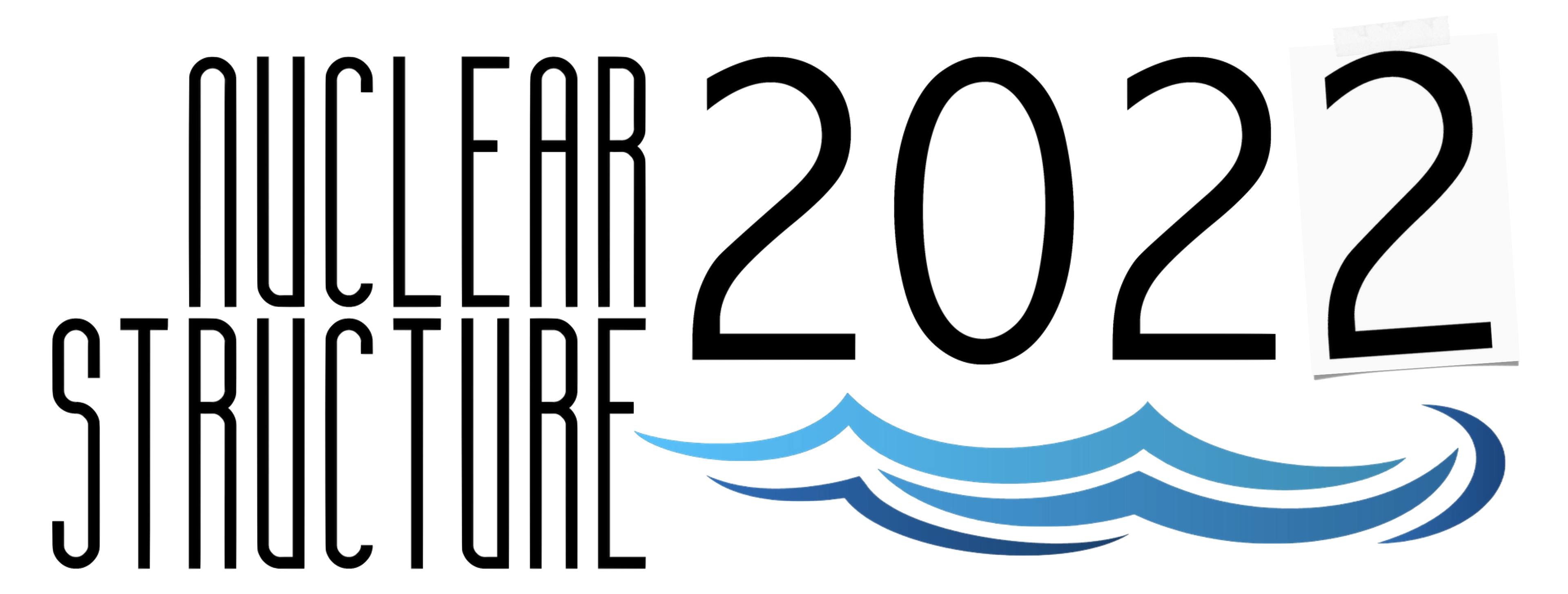Speaker
Description
The $\beta$-decays of $^{36}$Mg and $^{36}$Al have been studied at The National Superconducting Cyclotron Laboratory (NSCL) in order to extract the half-lives of the parent nuclei and reveal the nuclear structure of the decaying descendants. Neutron-rich $^{36}$Mg and $^{36}$Al were produced at the NSCL's Coupled Cyclotron Facility via projectile fragmentation of a $^{48}$Ca beam of energy 140 $\text{MeV/u}$ impinged on a 642 $\text{mg/cm}^2$ thick $^{9}$Be target. The fragmented beam was delivered to the decay station after being resolved by the A1900 separator. Two Si p-i-n detectors were used for the particle identification whereas the ions were implanted on a 3-mm thick $\text{CeBr}_3$ scintilator coupled to a position-sensitive photo multiplier tube (PSPMT). The $\beta$-delayed $\gamma$-rays were identified with 16 segmented Ge detector array (SeGA) and 15 $\text{LaBr}_3$ detectors. The half-lives of the two parent nuclei were determined and were compared to the previous measurements. $\beta$-delayed $\gamma$-ray transitions were observed in $^{36}$Al and $^{36}$Si for the first time and their level schemes were built from the correlated $\beta$ decays of $^{36}$Mg and $^{36}$Al. Excited energy states of $^{36}$Al populated by the $\beta$-decay of $^{36}$Mg are proposed, whereas only the ground state information was available prior to this work. The experimental results were interpreted by using the nuclear configuration interaction studies with the FSU shell-model Hamiltonian. The results will shed light on our understanding of the structure of more exotic neutron-rich nuclei to be produced with the FRIB.

